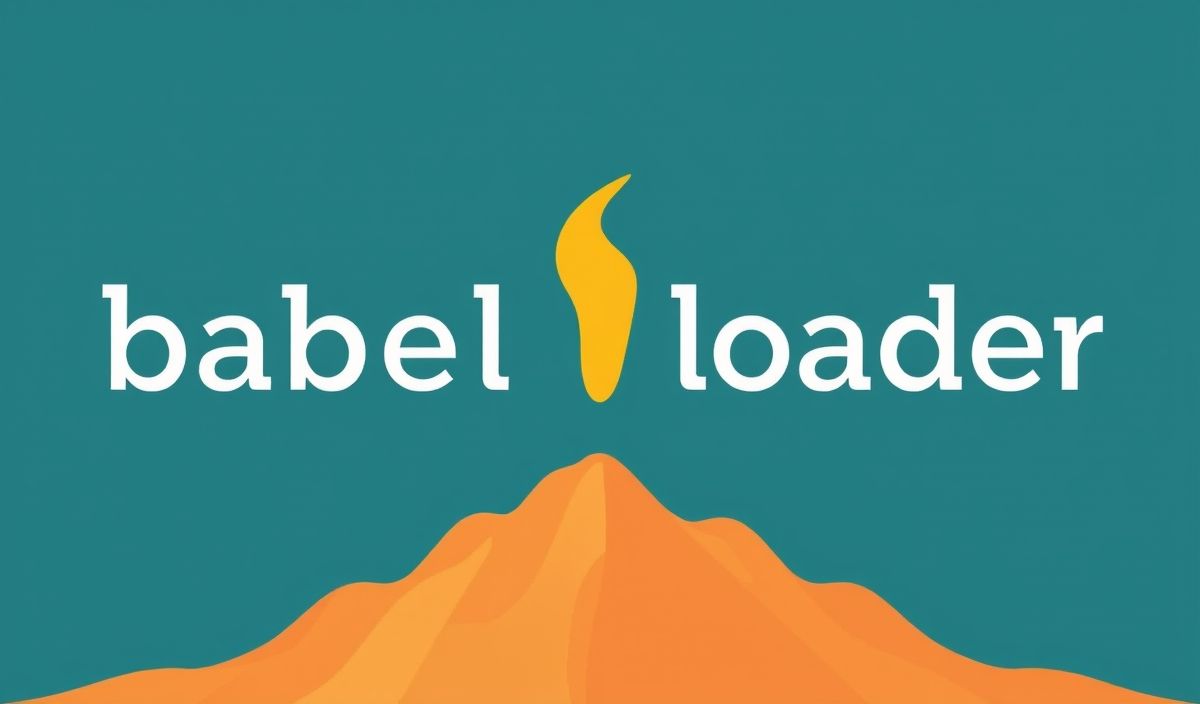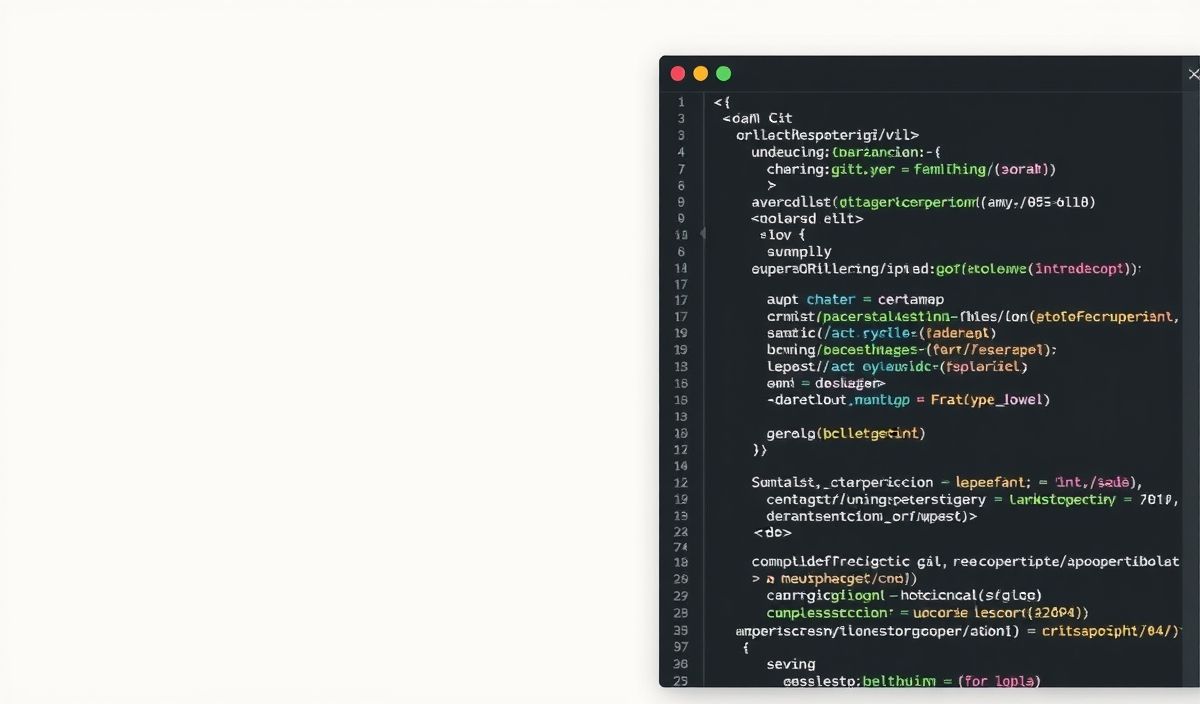Introduction to map-stream for JavaScript Data Transformation
The `map-stream` module is a powerful utility in JavaScript for handling and transforming data streams. This library allows for efficient manipulation of stream data, making it a valuable tool for developers working with Node.js. In this article, we’ll explore the different APIs available in the `map-stream` and provide numerous code snippets for practical understanding. We’ll also develop a sample application demonstrating how to leverage these APIs effectively.
API Examples with map-stream
Basic Usage
const map = require('map-stream');
const source = someInputStream(); const destination = someOutputStream();
source.pipe(map((data, callback) => {
// Transform data here
data = processData(data);
callback(null, data);
})).pipe(destination);
This code sets up a simple transformation pipeline where each chunk of data is processed by the `processData` function before passing to the destination stream.
Error Handling
source.pipe(map((data, callback) => {
try {
data = processData(data);
callback(null, data);
} catch (err) {
callback(err);
}
})).pipe(destination);
Here, we demonstrate how to integrate error handling within the transformation function.
Object Mode
const map = require('map-stream');
const source = someObjectModeStream(); const destination = someObjectModeOutputStream();
source.pipe(map.obj((data, callback) => {
data.modified = true;
callback(null, data);
})).pipe(destination);
Use map-stream in object mode to deal with object data chunks instead of Buffers.
Sample Application
Let’s create a sample Node.js application that reads data from an input file, processes each line, and writes the transformed data to an output file.
const fs = require('fs'); const map = require('map-stream');
const inputFile = fs.createReadStream('input.txt'); const outputFile = fs.createWriteStream('output.txt');
const transformStream = map((data, callback) => {
const transformedData = data.toString().toUpperCase();
callback(null, transformedData);
});
inputFile.pipe(transformStream).pipe(outputFile);
inputFile.on('end', () => {
console.log('Transformation complete.');
});
In this application, data is read from ‘input.txt’, transformed to uppercase, and written to ‘output.txt’. This demonstrates the practical use of `map-stream` in a real-world scenario.
Understanding and implementing data transformations with `map-stream` can significantly streamline your Node.js development process, especially when dealing with stream data. With the examples and sample application provided, you should now have a solid foundation to start utilizing this powerful tool in your projects.
Hash: bf078c52f2d0d231368e566b40222473347240c12f35495effbc60878242b95f




